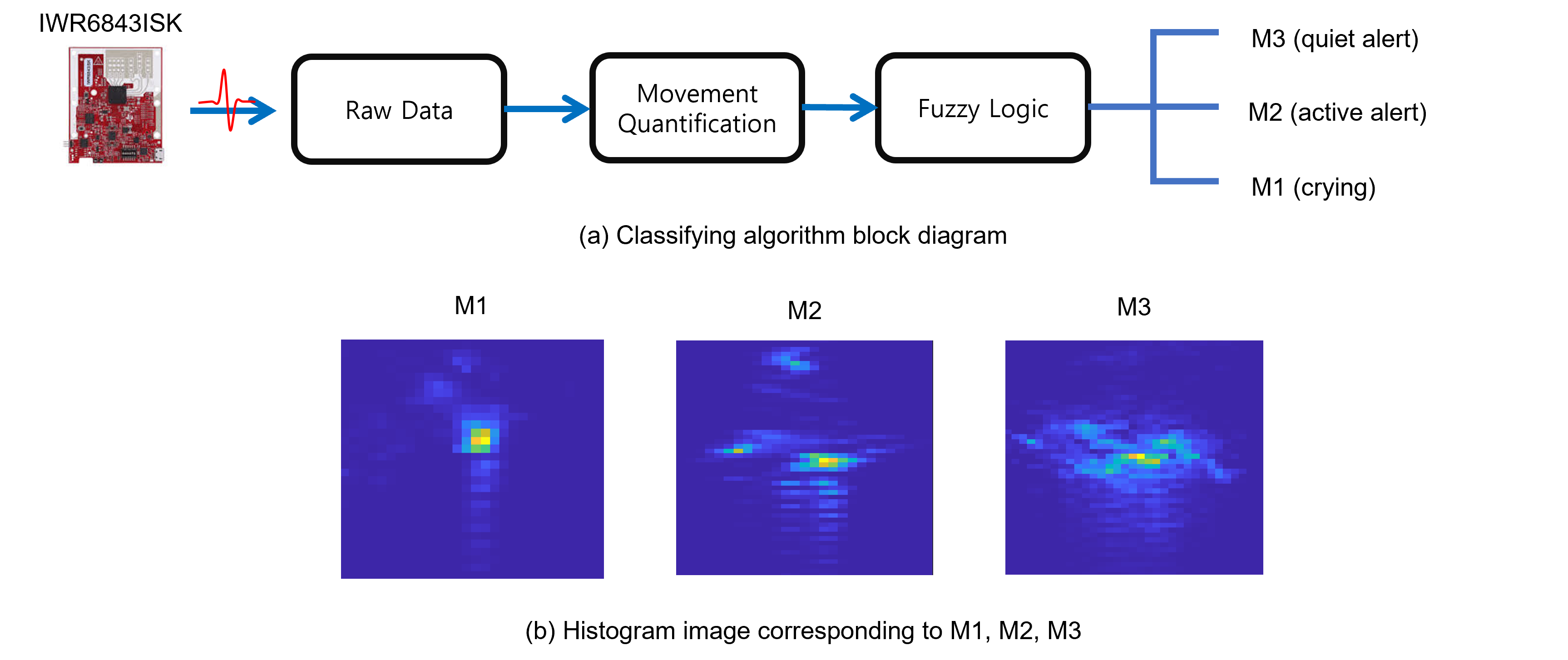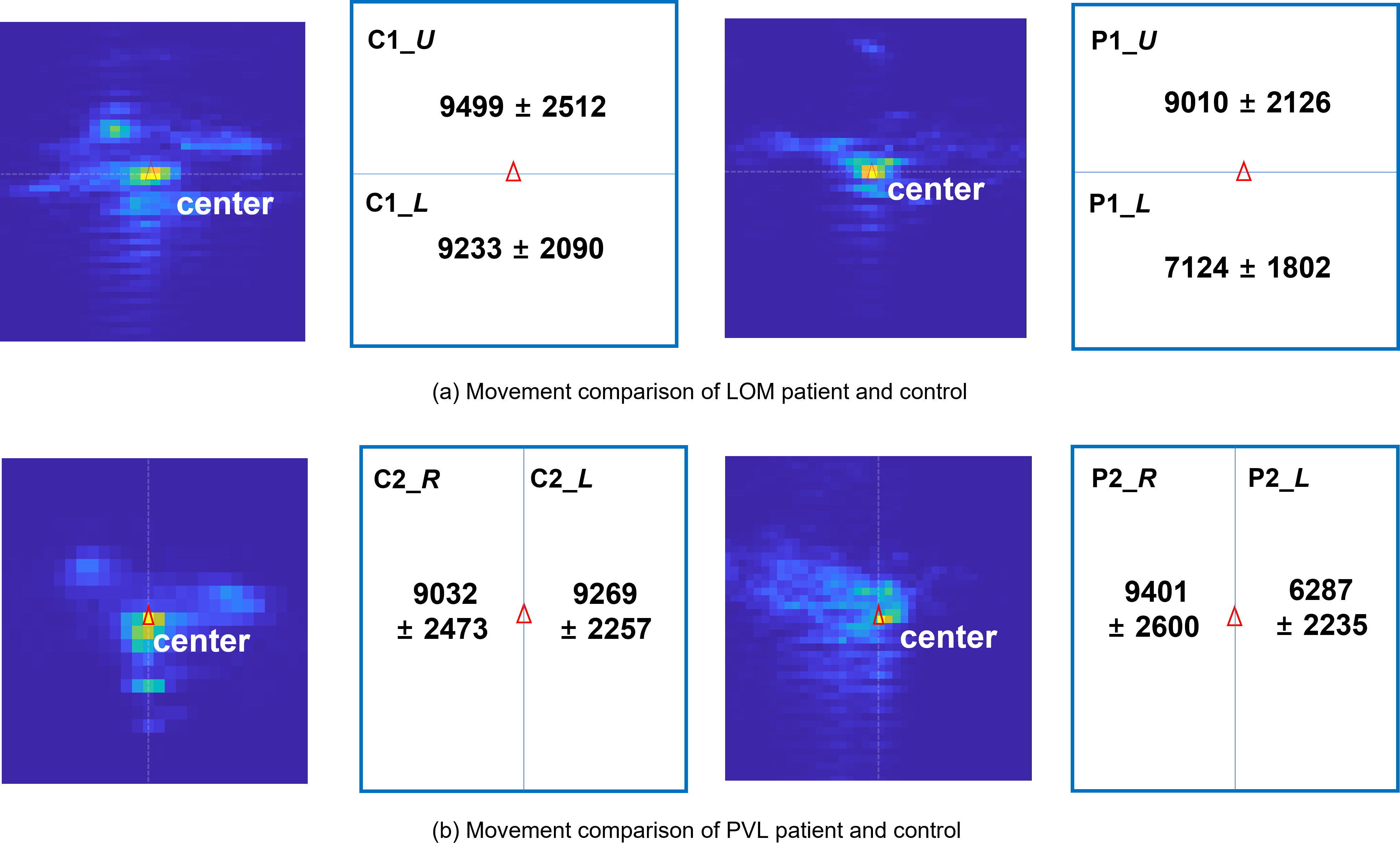Neonatal General
Neonatal General 6: Neurology
707 - Quantification and Asymmetry Detection of Neonatal Movements Using Radar-Based 2-Dimensional Histogram
Publication Number: 707.234
- SK
Seung Hyun Kim, MD, MSc (he/him/his)
Hospital fellow
Hanyang university
Seongnam-si, Kyonggi-do, Republic of Korea
Presenting Author(s)
Background:
Early prediction and identification of diseases can greatly assist the management of neonatal diseases in clinical practice. In particular, continuous monitoring information on spontaneous movements of neonates can be very useful in predicting or identifying neonatal diseases, such as neonatal sepsis or neurodevelopmental disorders.
Objective:
In this study, we propose a method for detecting the upper-lower/left-right asymmetry in the neonatal spontaneous movements using non-contact radar.
Design/Methods:
A total of four infants in the neonatal intensive care unit (NICU) or nursery room were enrolled in this experiment: two normal full-term infants for the control group, and one neonate with limitation of movement (LOM) and one neonate with periventricular leukomalacia (PVL) for the patient group. Spontaneous movements during the wake period were measured. To extract the movement data from each of the neonates, a frequency modulated continuous wave (FMCW) radar was employed.
The experiment proceeded in two steps. In the first step, radar-based movements were collected, quantified, and classified into three sections (M1: quiet alert; M2: active alert; M3: crying) according to the quantity of the movements using fuzzy logic, followed by extracting the significant M2 section only. In the second step, the movement data of each neonate were collected in the M2 section, and a 2-dimensional (range-angle) histogram was created.
Results:
The 2-dimensional histogram was created using the radar data collected based on the epoch time of 30 seconds for one hour. Through this histogram, the total number of movements collected separately from the upper and lower sides and from the left and right sides of the neonate was compared.
In the case of the control group, it was confirmed that the total numbers of movements between the upper and lower parts, and between the left and right sides were quite similar. In the case of the LOM neonate with casts on both legs, asymmetry of movement between the upper and lower sides was observed (upper side 9010±2126, lower side 7124±1802; p< 0.05). In the case of the neonate with right PVL, asymmetry of movement between left and right sides was also observed (right side 9401±2600, left side 6287±2235; p< 0.05).
Conclusion(s):
The FMCW sensor was able to successfully detect the upper-lower/left-right asymmetry of the spontaneous movements of the neonates. It is expected that this study can be used satisfactorily for early prediction of diseases accompanying asymmetric body movements and/or movement deterioration of neonates in the neonatal intensive care unit (NICU)..png)


